Hooked – book summary
How to Build Habit-Forming Products
Nir Eyal
Rating: 8.2
“Hooked: How to build habit-forming products is a must-read for everyone who cares about driving customer engagement.”
Eric Ries, author of The Lean Startup
Contents
THE HOOK MODEL
“Users who continually find value in a product are more likely to tell their friends about it.”
– Nir Eyal, Hooked: How to Build Habit-Forming Products
We’re hooked! Most smartphone owners check their phones within 15 minutes of waking up. Such an automatic behavior, done with little or no conscious effort, is called a habit. Habitual actions include brushing your teeth – or checking with Google when you have a question. Our world is becoming a habit-forming place, mainly due to 3 factors:
- The increased online connectivity
- The ability to collect, mine, and process customer data
- The faster & more reliable Internet connection speed
“Products that require a high degree of behavior change are doomed to fail.”
– Nir Eyal, Hooked: How to Build Habit-Forming Products
Companies that create strong customer habits gain a significant advantage against their competition, as well as other business benefits:
- Higher Customer Lifetime Value (customers stay around longer)
- Pricing plasticity (users become dependent and less price-sensitive)
- Increased usage (people use the product or app multiple times a day)
- Reduced promotion costs (users return to the product on their own)
- Viral growth (a happy customer/user is likely to spark word-of-mouth) Habits can only be formed inside the Habit Zone, where behavior occurs with frequency and a high degree of perceived utility.
“Buffett and his partner, Charlie Munger, realized that as customers form routines around a product, they come to depend upon it and become less sensitive to price.”
― Nir Eyal, Hooked: How to Build Habit-Forming Products
To provide a deeper understanding of how certain products get us hooked, the author has created the Hook Model, a four-phase process companies use to forms habits through the services we use daily. The 4 phases of this model are:
- Trigger
- Action
- Variable Reward
- Investment
The Hook Model describes an experience designed to connect the user’s problem to a solution frequently enough to form a habit. In the next chapters, we’ll break down this model, as well as the ethics and opportunities around it.
“To change behavior, products must ensure the user feels in control. People must want to use the service, not feel they have to.”
― Nir Eyal, Hooked: How to Build Habit-Forming Products
1. TRIGGER
This is the first step of the Hook Model. Triggers move the user to take action. They come in two types: external & internal.
External triggers
They tell the user what to do next by placing information within the user’s environment. There are 4 types of external triggers:
- Paid Triggers (advertising through various channels, mainly used to acquire new users)
- Earned Triggers (press mentions and features, usually acquired through media relations built overtime)
- Relationship Triggers (the audience sharing the benefit of the product with others – virality, in one word)
- Owned Triggers (newsletters and notifications that the user has opted in to receive)
Owned triggers are the most important ones because they occur more often and prompt repeat engagement until a habit is formed.
Internal Triggers
They tell the user what to do next through associations stored in the user’s mind. Products coupled with negative emotions (boredom, loneliness, frustration, confusion, indecisiveness), thoughts, or pre-existing routines usually leverage internal triggers.
To scratch the nagging itch that negative emotion brings, we resort mindlessly to the top-of-mind solution: googling is a click away every time we feel unsure or logging on Facebook promises validation every time we feel alone. To build better habit-forming products, companies need to understand deeply their users’ behaviours, needs, fears, and desires.
“We often think the Internet enables you to do new things… But people just want to do the same things they’ve always done.”
― Nir Eyal, Hooked: How to Build Habit-Forming Products
Actionable Takeaways
Who is your product’s user? Come up with 3 internal triggers that could cue your user to action (emotions, thoughts, or routines). Finish this brief narrative: “Every time the user (internal trigger), he/she (first action of intended habit).”
How can you couple an external trigger as closely as possible to when the user’s internal trigger fires? Think of at least 3 conventional ways to trigger your user with current technology (emails, notifications, text messages, etc.)
“Companies who form strong user habits enjoy several benefits to their bottom line.”
― Nir Eyal, Hooked: How to Build Habit-Forming Products
2. ACTION
This is the second step of the Hook Model. If the user doesn’t take action, the trigger is useless.bThe action is doing something with little or no barriers, in anticipation of a reward. According to Dr. BJ Fogg’s Behavior Model:
“For any behavior to occur, a trigger must be present at the same time as the user has sufficient ability and motivation to take action.”
― Nir Eyal, Hooked: How to Build Habit-Forming Products
Motivation = the level of desire to take that action. Ability = the number of obstacles that stand in the user’s way
To increase the motivation of the user to take action, keep in mind the 3 Core Motivators. All humans seek pleasure to avoid pain, seek hope to avoid fear, and seek social acceptance to avoid rejection.
“If it can’t be used for evil, it’s not a superpower.”
― Nir Eyal, Hooked: How to Build Habit-Forming Products
To increase the ability of the user, consider the 6 factors of simplicity:
- Is the user short on time? (Time)
- Is the behaviour too expensive? (Money)
- Is the action too labour-intensive? (Physical Effort)
- Is the product too difficult to understand? (Brain Cycles)
- Is the action perceived as socially inappropriate? (Social Deviance)
- Is the action outside of the user’s normal routine? (Non-Routineness)
In the question “should I increase first the motivation or the ability?” the author answers “always start with the ability”. Simplify what it takes for the user to take action – increasing motivation is expensive and time-consuming.
“Too many choices or irrelevant options can cause hesitation, confusion, or worse—abandonment.”
― Nir Eyal, Hooked: How to Build Habit-Forming Products
3. VARIABLE REWARD
This is the third phase of the Hook Model. You reward the users for taking action by solving their problem or – many times – by simply satisfying the craving for that reward. There are 3 types of variable rewards.
Rewards of the tribe
Social (tribe) rewards are driven by our need for connectedness with other people, making us feel accepted, attractive, important, and included. Tweets, likes, upvotes, re-pins, comments, emails, they all fuel our needs for social validation.
Rewards of the hunt
We used to hunt for food, now we ‘hunt’ for money and information. Working hard for a bonus at work or scrolling through our endless Twitter feed for valuable information are included in this category.
Rewards of the self
The intrinsic rewards of self can make people continue taking action, even on tasks they don’t appear to enjoy. Such rewards address our desire for mastery, competence, and completion.
Infinite Variability
Without infinite variability or novelty in the rewards, however, we tend to lose interest and excitement quickly. Finite variability makes rewards increasingly predictable after use and their appeal is lost over time.
“Many innovations fail because consumers irrationally overvalue the old while companies irrationally overvalue the new.”
― Nir Eyal, Hooked: How to Build Habit-Forming Products
Understand what triggers and motivates the users, and what brings them back, and you’ll get the opportunity to build better habit-forming products.
“Habit-forming products often start as nice-to-haves (vitamins) but once the habit is formed, they become must-haves (painkillers).”
― Nir Eyal, Hooked: How to Build Habit-Forming Products
4. INVESTMENT
This is the fourth and last step in the Hook Model. Before users create habits and automatic behaviours, they must first invest in the product, anticipating longer-term rewards (not immediate gratification).
“Small investments change our perception, turning unfamiliar actions into everyday habits”
― Nir Eyal, Hooked: How to Build Habit-Forming Products
This happens because of 3 human tendencies:
- The more we invest time & effort into a product, the more we value it,
- We seek to be consistent with our past behaviors, and,
- We tend to change our preferences to avoid cognitive dissonance.
“For an infrequent action to become a habit, the user must perceive a high degree of utility, either from gaining pleasure or avoiding pain. Take”
― Nir Eyal, Hooked: How to Build Habit-Forming Products
How can a product keep its users coming back until it becomes a habit? They start by doing small bits of work, like following a user or liking a photo. They gradually move into storing the value in the product, such as content (music, photos, posts, etc.), data (about themselves or their behaviors), reputation (followers, upvotes), or skills (investing time to learn the product). Finally, they form the understanding that the service gets better with use.
“Instead of relying on expensive marketing, habit-forming companies link their services to the users’ daily routines and emotions.”
― Nir Eyal, Hooked: How to Build Habit-Forming Products
This makes switching services, difficult because it means abandoning years of investment and starting over. By loading the next external trigger right after the investment phase, habit-forming technologies get the opportunity to re-engage the user into another cycle of the Hook Model.
“Small investments change our perception, turning unfamiliar actions into everyday habits”
― Nir Eyal, Hooked: How to Build Habit-Forming Products
Consider this: What “bit of work” are your users doing in your product?
Brainstorm 3 ways to add small investments into your product to store value as data, content, followers, reputation, and skill. How long does it take for a “loaded trigger” to re-engage your users and how can you reduce the delay?
Morality, Testing, and Opportunities
Morality
The Hook Model is fundamentally about changing people’s behaviors. However, although creating habits can be a force for good, it can also be addictive and destructive for users.
By answering the two questions “Would I use the product myself?” and “Will the product help users materially improve their lives?” , the makers can assess the morality of a habit-forming product through the Manipulation Matrix.
Facilitators use their own product and believe it can materially improve people’s lives. They facilitate healthy habits and have the highest chance of success because they most closely understand the needs of their users.
Peddlers believe their product can materially improve people’s lives, but do not use it themselves. There’s nothing immoral here, but the odds of designing successful products for a customer they don’t fully understand is low.
Entertainers use their product, but do not believe it can improve people’s lives. Although entertainment does provide joy and connects us with the human condition, building a successful business requires keeping up with the demand for continuous novelty and content.
Dealers neither use the product nor believe it can improve people’s lives. This is the definition of exploitation and they have the lowest chance of finding long-term success.
Testing
“Running your idea through the four phases of the model will help you discover potential weaknesses in your product’s habit-forming potential.”
Habit Testing helps uncover product devotees, which product elements are habit-forming (if any), and why those aspects of your product change user behaviour. It includes three steps.
- Identify
“Who are my product’s habitual users? How often should they use my product?” To find out, use publicly available data from similar products or make realistic and educated assumptions.
- Codify
Next, study the steps your habitual users took to understand what hooked them into your product. Look for a “Habit Path” – a series of similar actions shared by your most loyal users.
- Modify
Lastly, modify the product to influence more users to follow the same path as your habitual users, and then continue to optimise your processes, content, features, and funnels.
Opportunities
” The first place for the entrepreneur or designer to look for new opportunities is in the mirror.”
Facilitators start with introspection: instead of asking ‘What problem should I solve?’ , they ask ‘What problem do I wish someone else would solve for me?’ New technology is also a source of opportunities for revolutionary habit-building products:
- Nascent behaviors – New behaviors that few innovators identify, and yet ultimately fulfill a mainstream need.
- Enabling technologies – Technologies that suddenly make a behavior much simpler, faster, or more rewarding.
- New interfaces – Changes in interface suddenly make all sorts of behaviors easier and usage tends to explode.
A summary of “Hooked: How to Build Habit-Forming Products” by Nir Eyal. Check out Make Me Read for summary of the best business books.

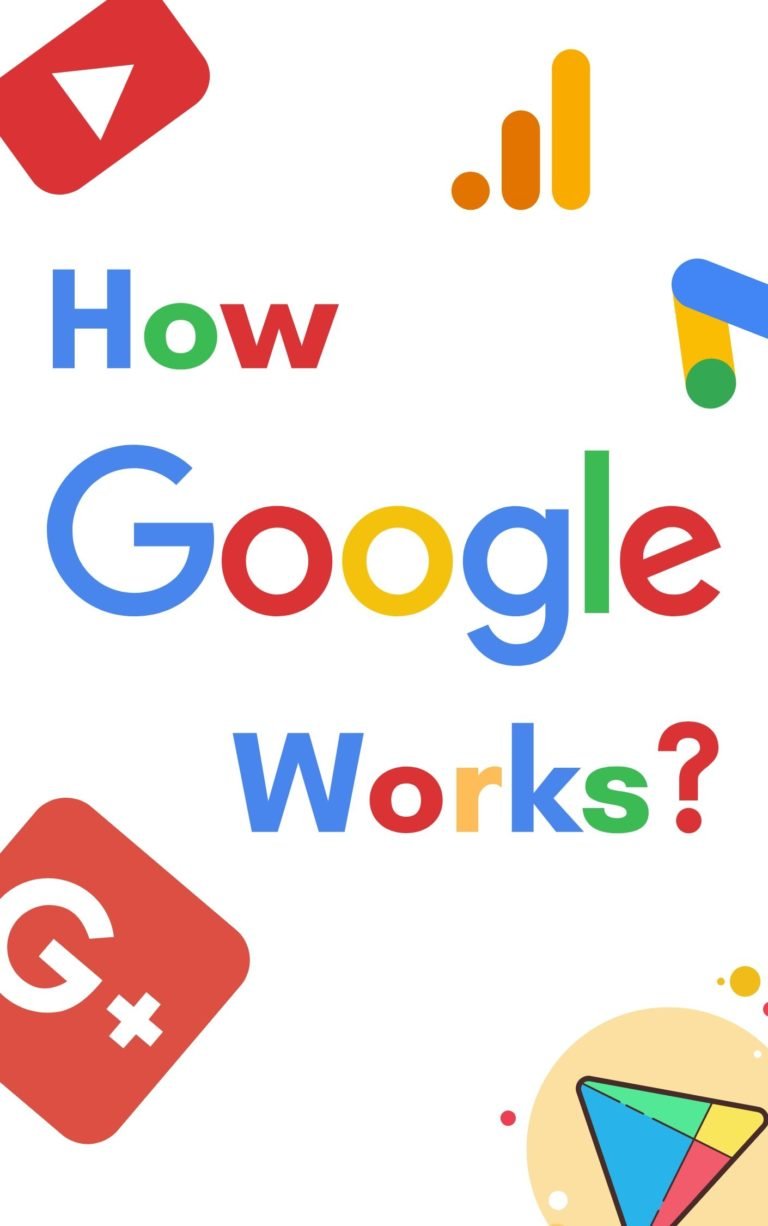
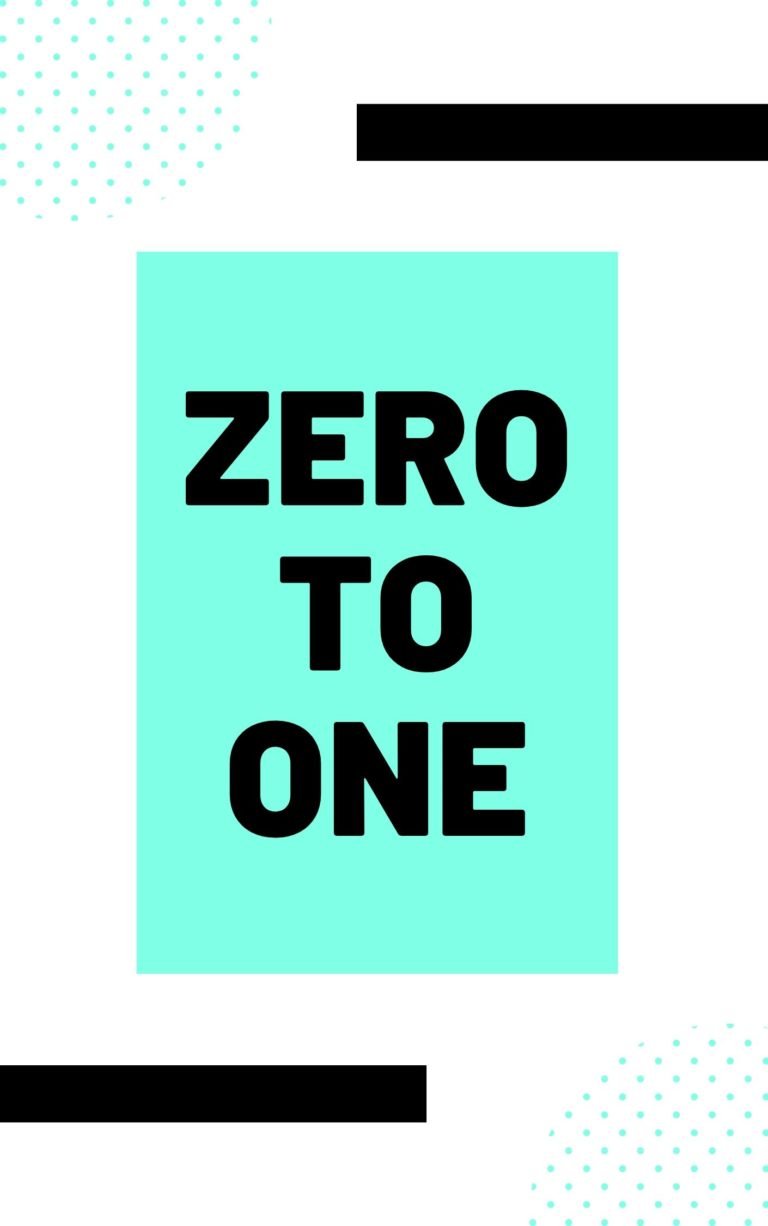
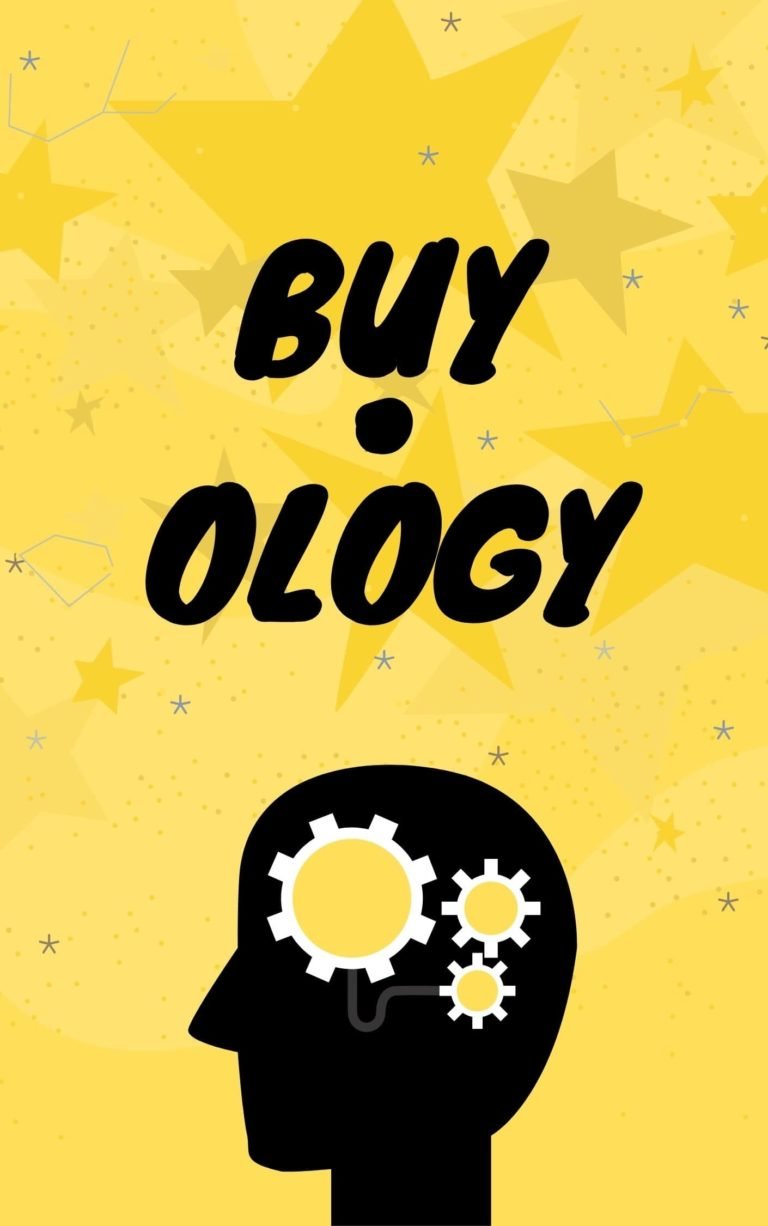
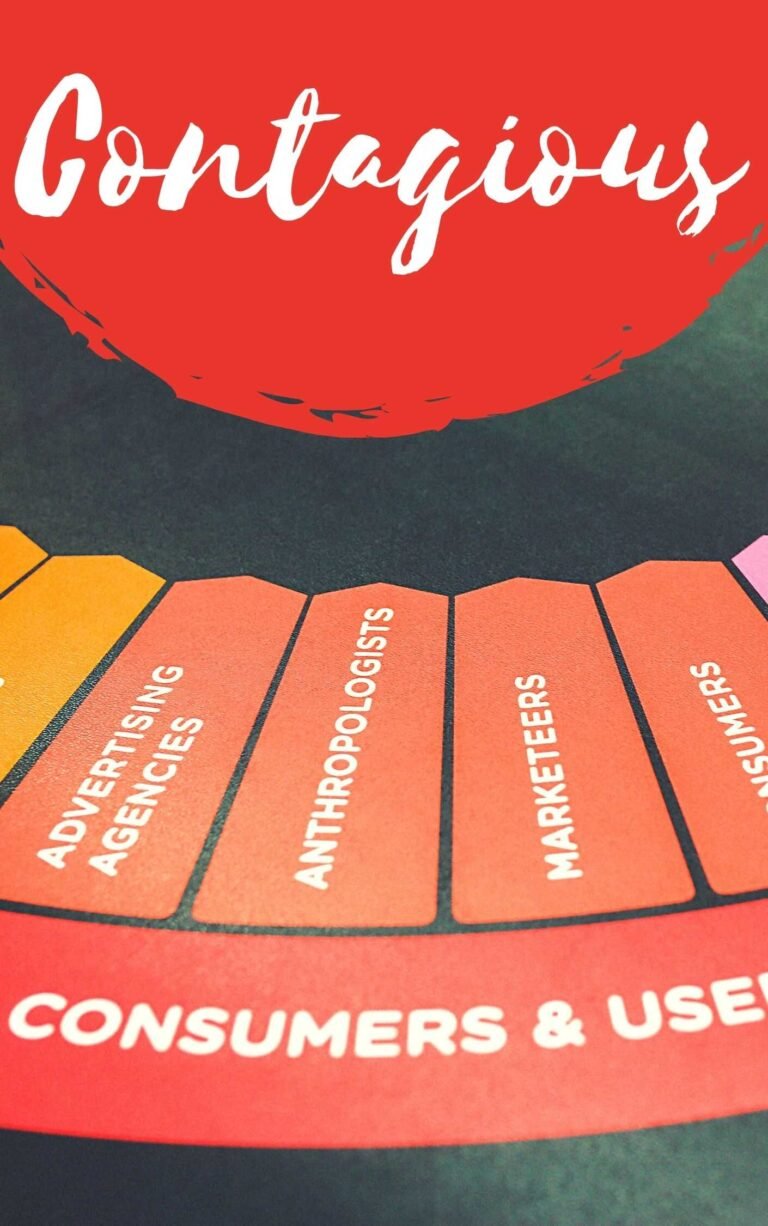
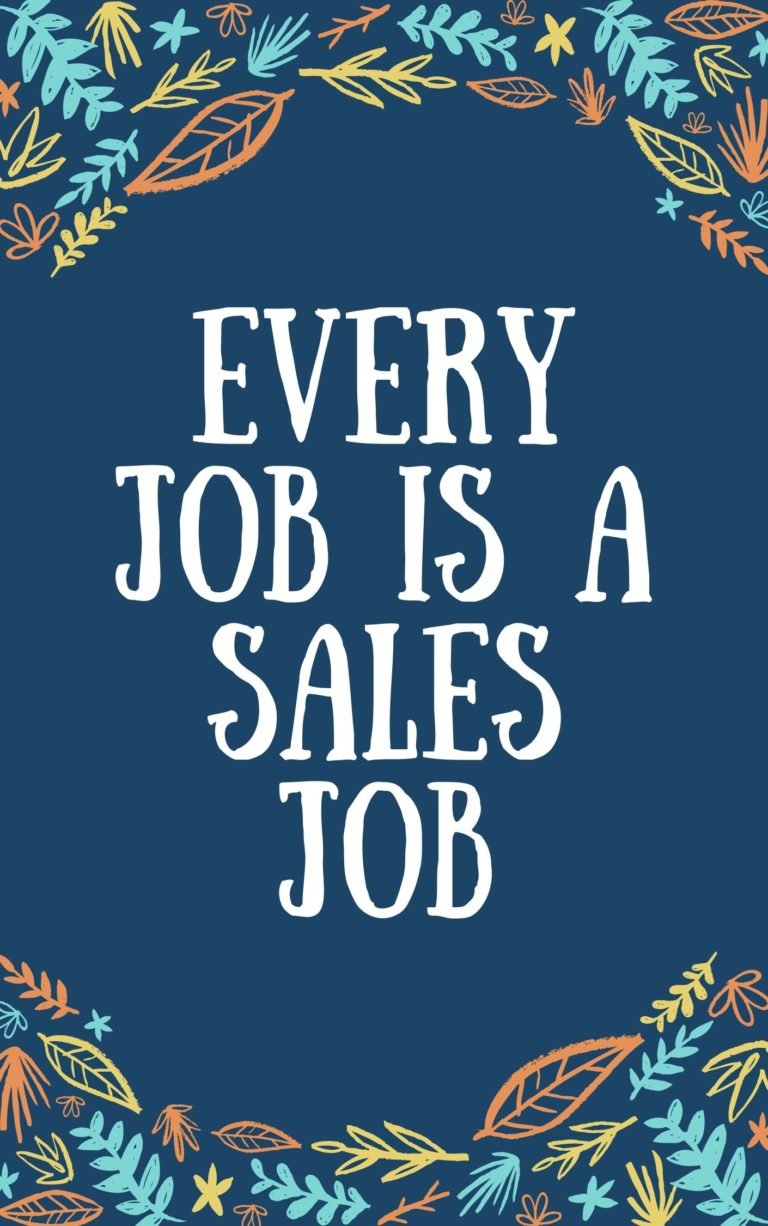

One Comment